There’s something uniquely unsettling about horror movies that revolve around toys.
Maybe it’s the way they take something innocent and warp it into something sinister, or perhaps it’s because we all have some childhood memory of a toy that felt off.
Either way, horror has a long history of leveraging toys for maximum creep factor—from Child’s Play to M3GAN, audiences eat it up.
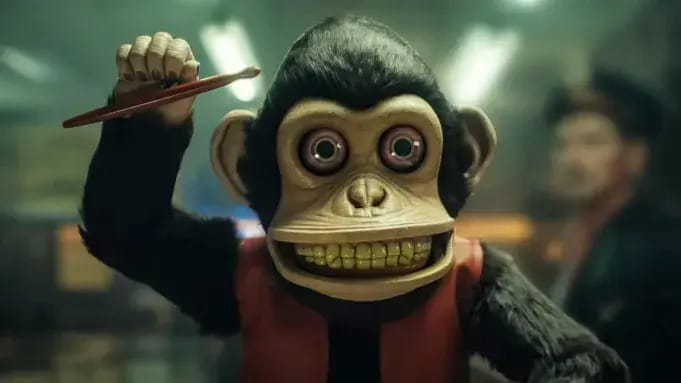
That’s why I was particularly excited when Osgood Perkins’ The Monkey was announced. Fresh off Longlegs, which was masterful in its eerie, slow-burn dread, Perkins had a ton of momentum.
While he frequently played down expectations of The Monkey having the same tone as Longlegs, the idea of him tackling a Stephen King short story—especially one centered around a haunted cymbal-clapping monkey—was more than enough to pique my interest.
From a marketing perspective, a movie like The Monkey offers a goldmine of creative opportunities.
A toy monkey with cymbals is an immediately recognizable and tangible visual—something that could have been leveraged in promotional stunts, physical merchandise, or viral campaigns. It’s the kind of imagery that begs for unique activations, like sending creepy toy monkeys to influencers or using unsettling, rhythmic sounds in teasers.
But oddly enough, we didn’t see much of that.
Instead, the marketing leaned heavily on a digital-first strategy, focusing on social media buzz, critic reviews, and an experiential release strategy that placed the film in churches.
It was an unconventional approach—certainly attention-grabbing—but did it maximize the full potential of what The Monkey could have been in the horror marketing space?
Let’s break down what worked, what was missing, and what could have been.
A brief overview of The Monkey’s marketing campaign
Despite its eerie and instantly recognizable premise, The Monkey took a unique approach to marketing.
While it didn’t lean as heavily into toy-based promotions as one might expect, the campaign still found ways to generate buzz.
Here are five key strategies the movie used:
1. Strong digital hype through reviews
Instead of relying on traditional trailers or viral gimmicks, The Monkey focused on social proof. The marketing team pushed positive early reviews hard, ensuring that critics' praise and audience reactions circulated widely on social media. This strategy helped frame the movie as a must-watch horror event.
Here is one example of a review that was transformed into social media content and promoted through the movie’s channels:
2. Experiential church screenings
One of the boldest moves was releasing the film in actual churches.
This unconventional strategy made headlines and generated intrigue, as horror movies rarely debut in religious settings.
The eerie contrast between sacred spaces and supernatural horror created an organic conversation starter.
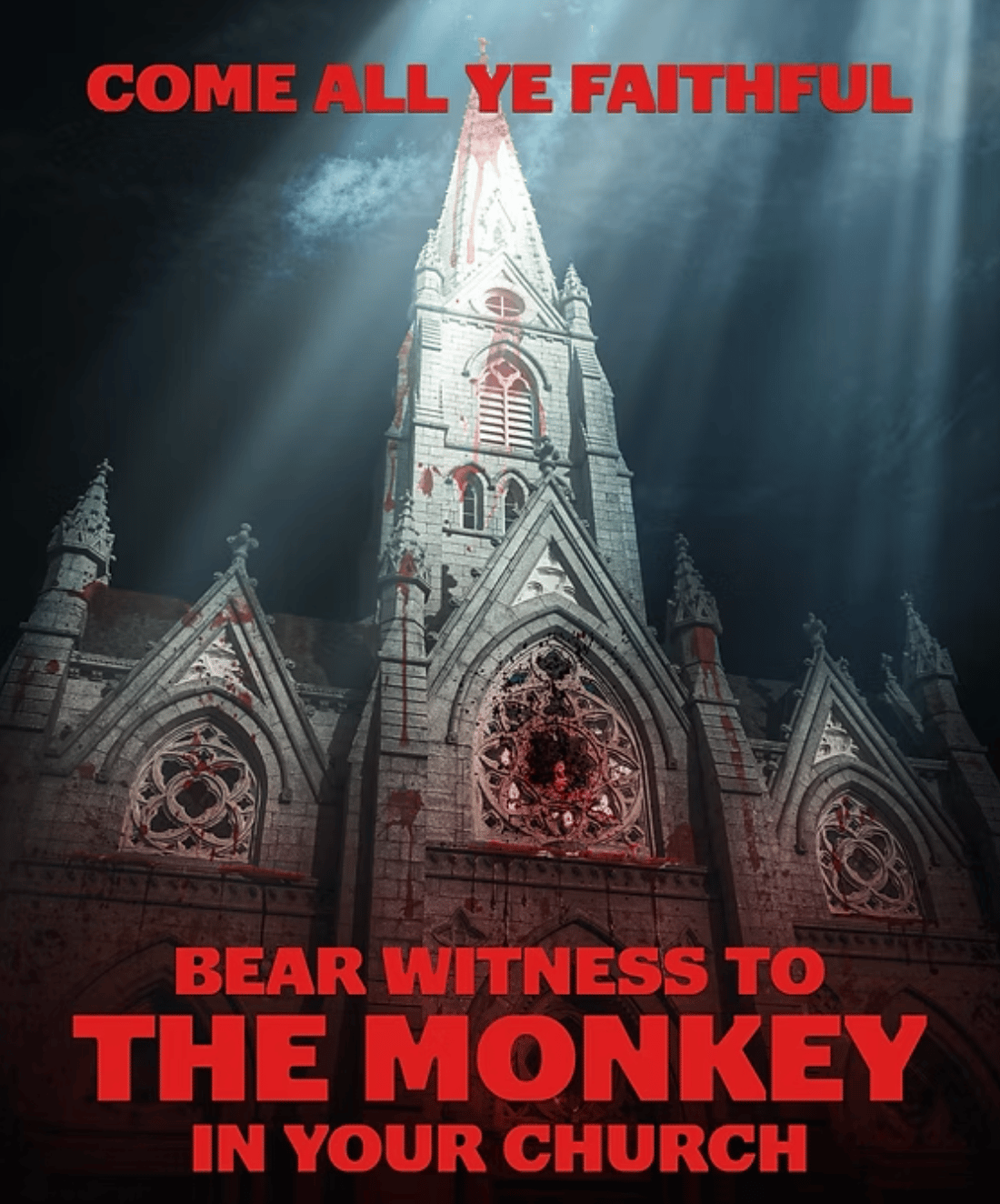
3. A mysterious, Osgood Perkins-driven narrative
Director Osgood Perkins played a major role in the promotion, shaping expectations with cryptic comments about the movie’s tone and style.
His reputation from Longlegs made horror fans eager to dissect every interview and hint about what The Monkey would actually deliver.
Rather than revealing too much, the film’s teasers kept things simple—unsettling imagery, slow builds, and eerie sound design.
This helped fuel curiosity without over-explaining the plot, making audiences wonder what horrors the monkey toy would unleash.
Here is one of the trailers released during the campaign:
Despite all this, though, there seemed to be many tactics left on the trable that would have drawn more interest in the film.
Let’s take a look at some of the marketing tactics for The Monkey that I’d like to have seen.
The Monkey’s dream marketing campaign: What could have been
While the actual marketing leaned into critic reviews and experiential screenings, the campaign could have gone so much further.
Here’s a look at six dream marketing tactics that could have made The Monkey a viral horror sensation.
1. Life-size monkey in retail pop-up displays
Imagine walking past a seemingly normal department store window—except the display features a massive cymbal-clapping monkey, eerily frozen in place.
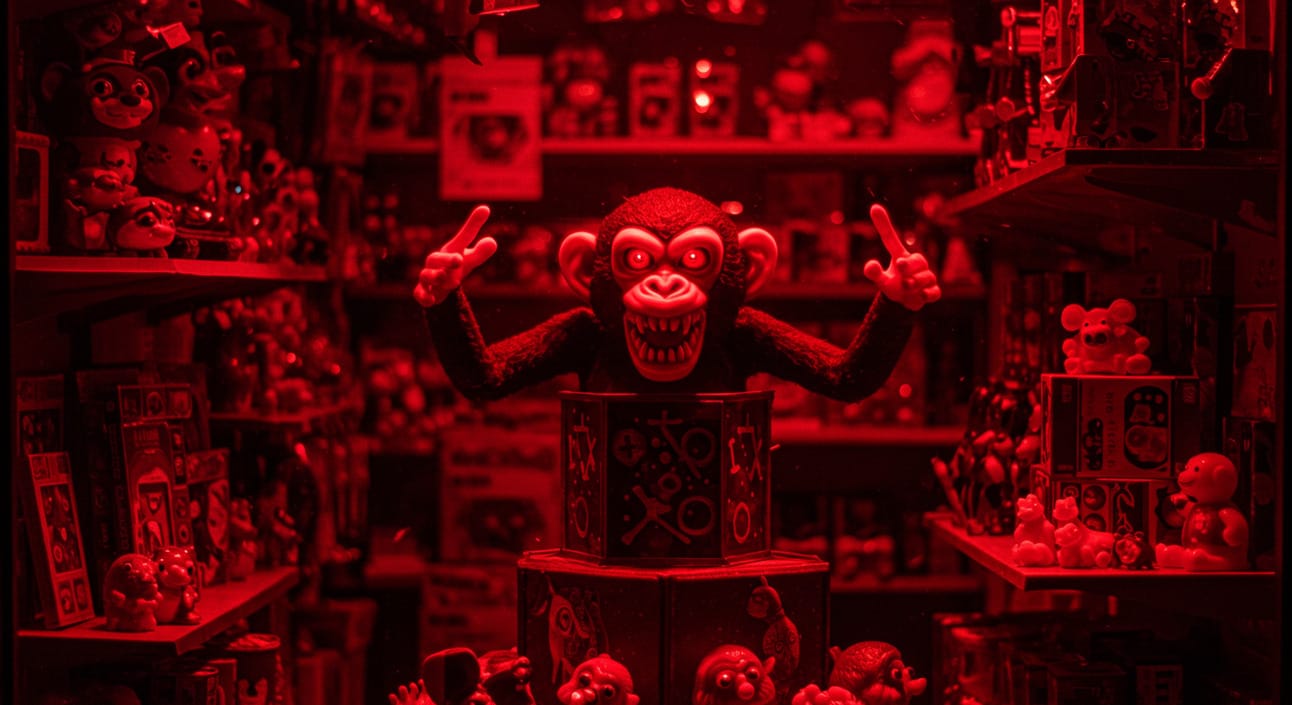
Every few minutes, the lights flicker, the monkey subtly moves, and the entire scene feels off.
These unsettling pop-up displays in major cities like NYC, LA, and Chicago would have been an immediate social media magnet. Inviting press and influencers for an exclusive “midnight unveiling” could have amplified the eerie atmosphere.
2. Limited-edition toy monkeys sold nationwide & sent to influencers
A horror movie centered around a toy monkey needed a collectible tie-in.
A limited run of hauntingly realistic toy monkeys, sold at specialty retailers and horror conventions, would have made for the ultimate fan item.
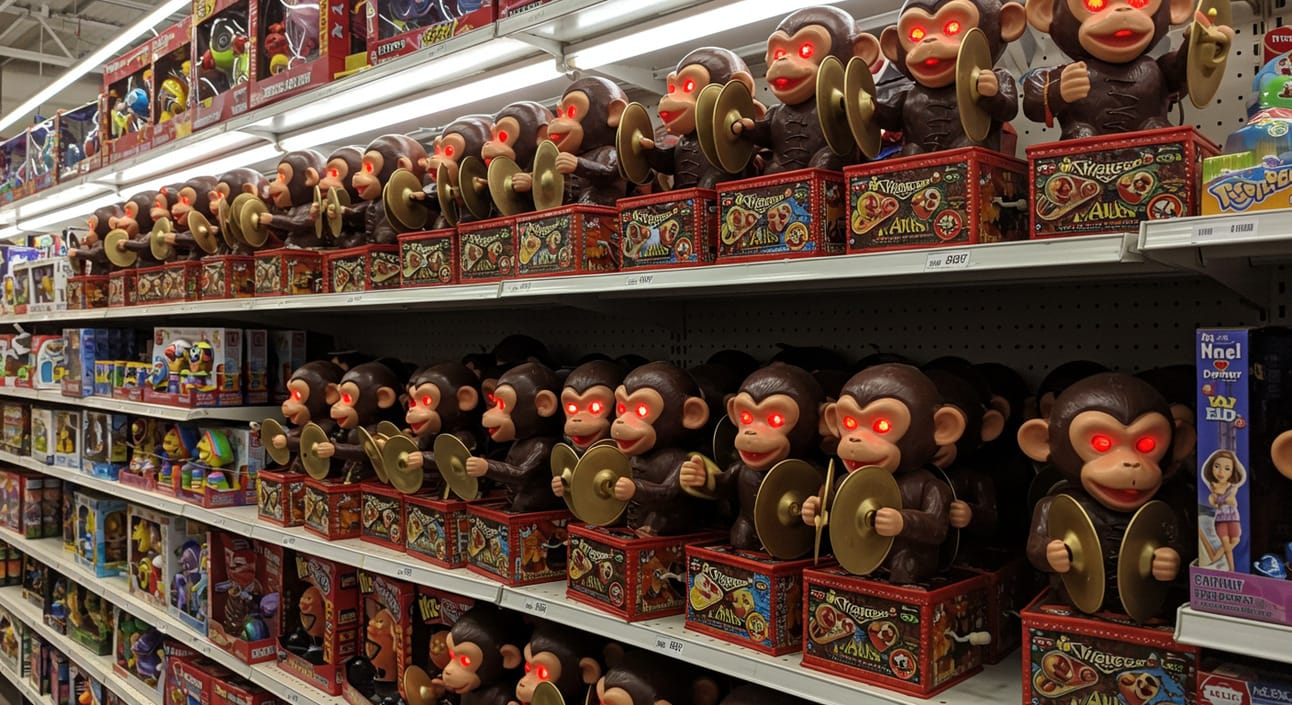
Even better—sending these toys to horror influencers and celebrities with no context, letting them discover the monkey “activates” randomly (via built-in motion sensors or pre-set timers), would have driven organic social media content.

3. The mystery of the The Monkey in the public square
In key cities, mysterious shipping crates could appear in public squares—each one unmarked, with only eerie sound effects or cryptic messages.
Over a few days, more crates appear. Then, after a week, one night the boxes burst open, revealing a towering life-size version of The Monkey, sitting motionless… until it starts clanging its cymbals.
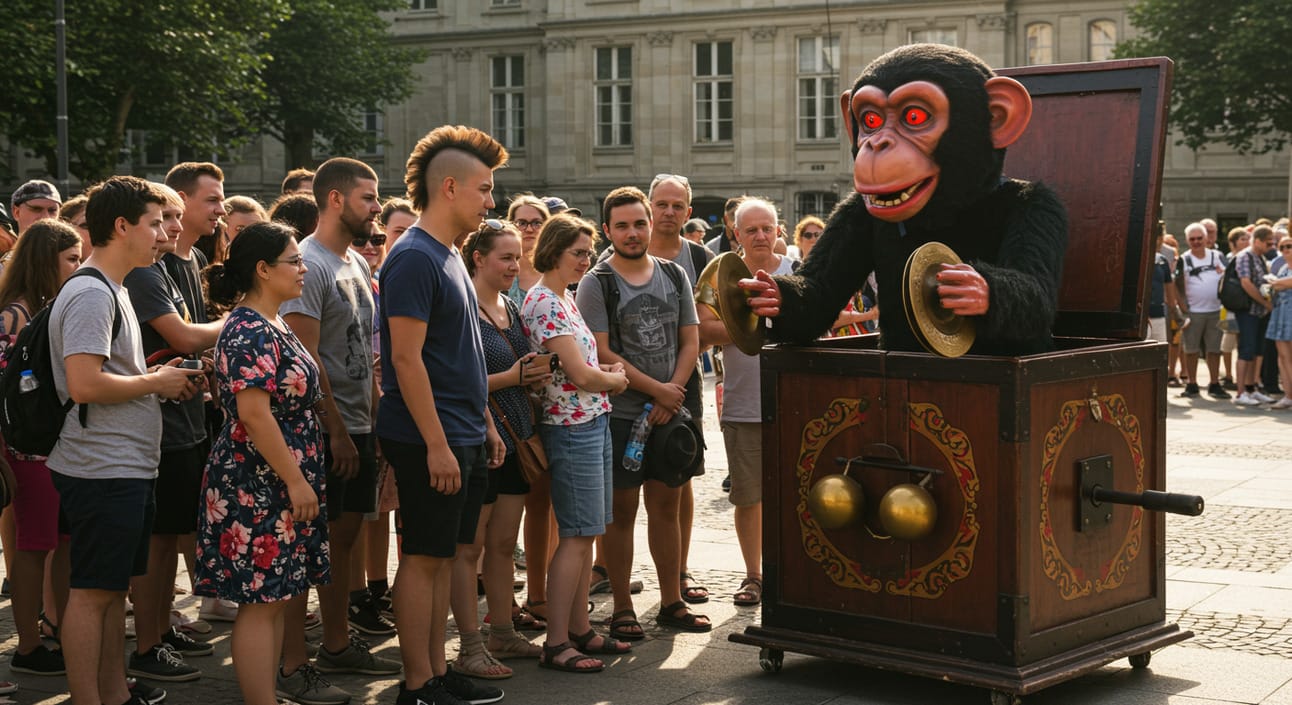
Horror fans and viral content creators would flock to see it.
4. The Monkey popping up at garage sales across America
What if toy monkeys just started appearing at garage sales nationwide?
A carefully orchestrated effort could have seen people “discovering” old, creepy-looking toy monkeys at random estate sales and flea markets, fueling online speculation.
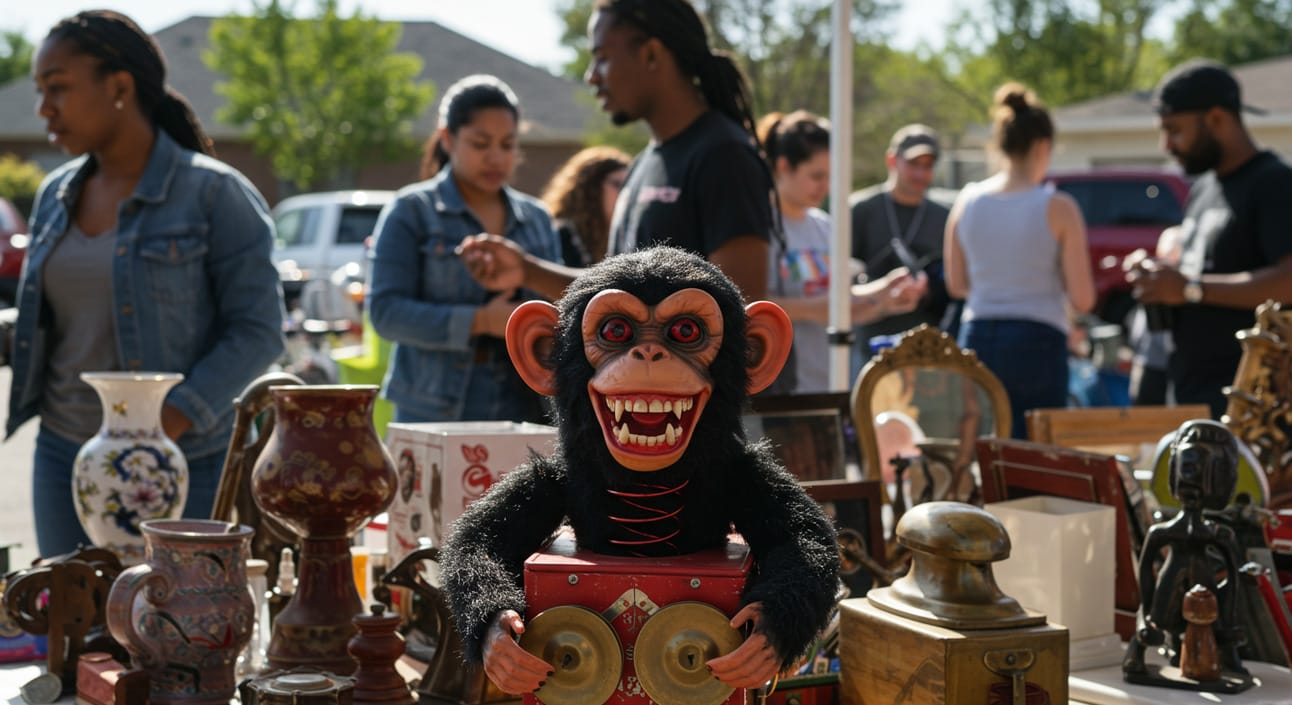
This campaign would tap into the organic horror of the secondhand market—who doesn’t love a “cursed” object story?
5. The Monkey escape room experience in LA or NYC
A temporary pop-up escape room themed to The Monkey could have been the ultimate immersive experience.
Picture this: players start in what looks like a normal game filled with vintage toys, but every few minutes, the cymbal-clapping monkey moves closer.
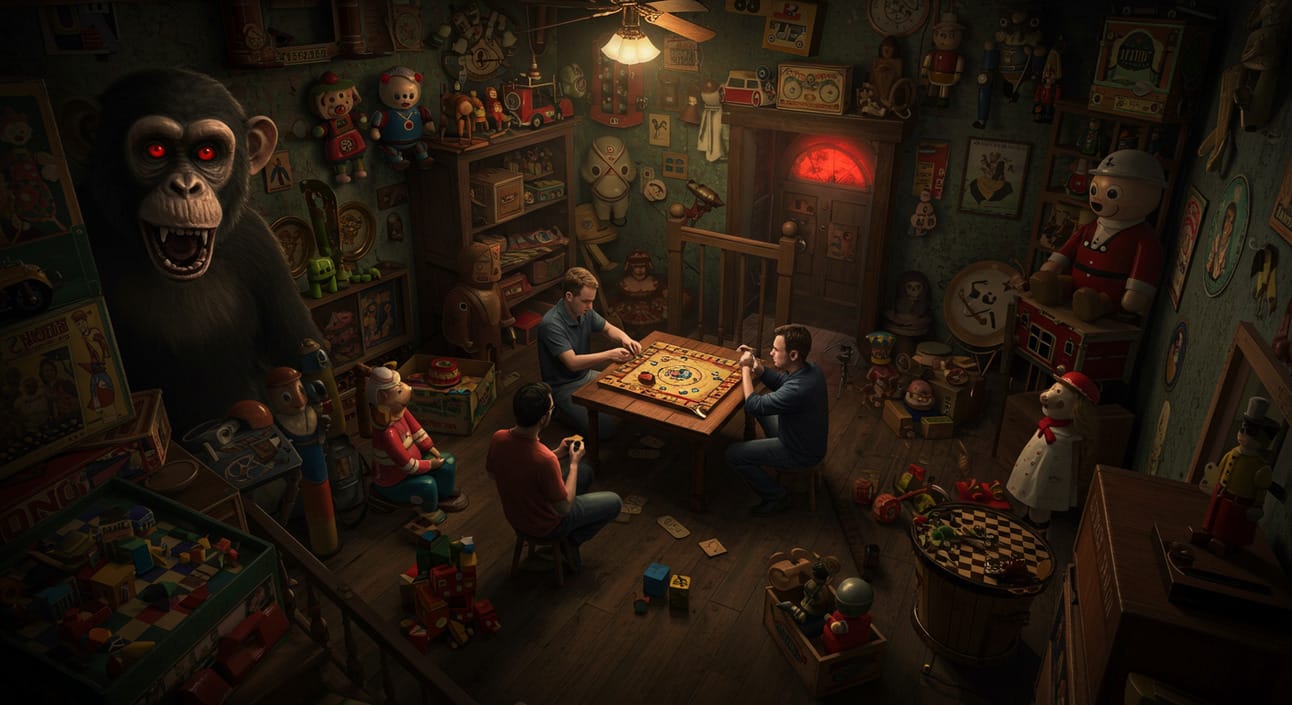
If they don’t solve puzzles fast enough, the room darkens, eerie sounds play, and the toy activates.
This could have been a top-tier experiential activation for horror fans.
6. A Valentine's Day stunt: The Monkey flower delivery
Horror meets romance?
Imagine unsuspecting recipients receiving a bouquet of flowers on Valentine’s Day—only to find a cymbal-clapping monkey inside the box instead.
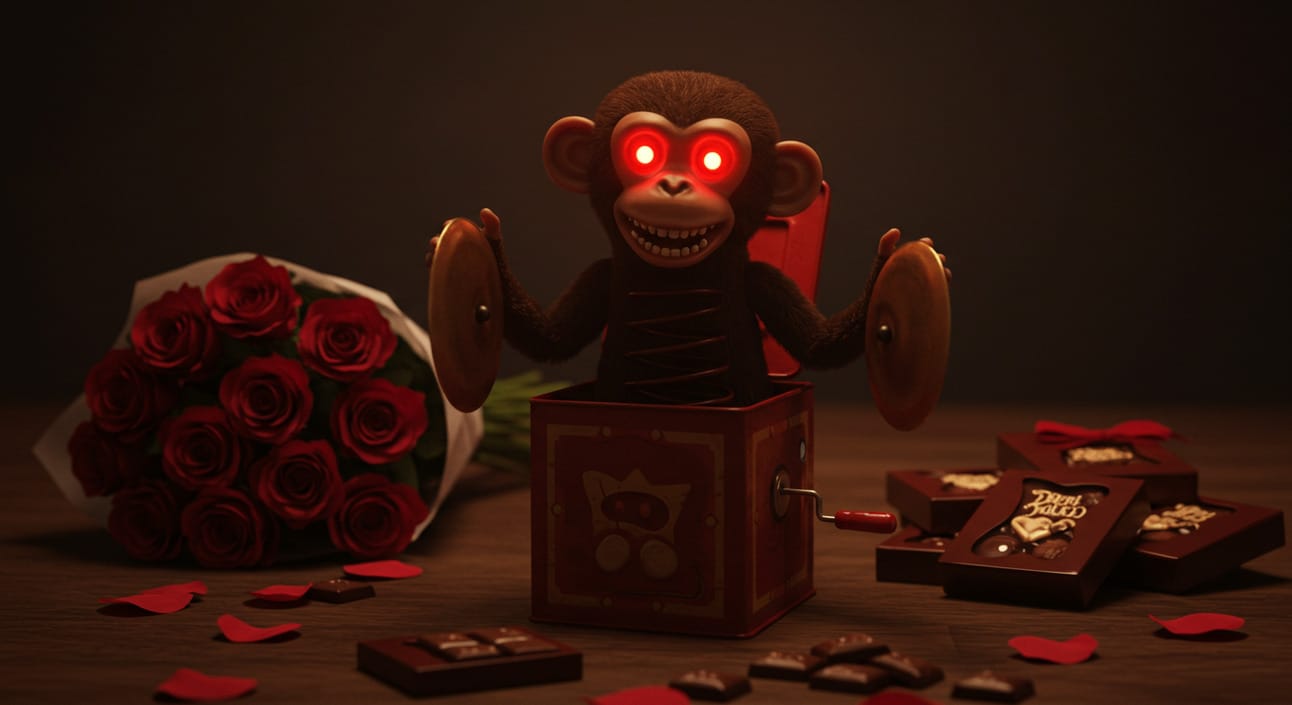
Some deliveries could come with cryptic notes: “It’s watching.” A creepy, hilarious, and shareable way to get people talking.
Since Valentine’s Day occurred one week prior to the film’s release, this is a timely tie-in to consider in the final stretch of the campaign.
7. Office buildings lit up with The Monkey’s presence around America
In major downtown metros, imagine seeing a massive office building dark at night—except for one window, glowing an ominous red, with a giant toy monkey staring out.
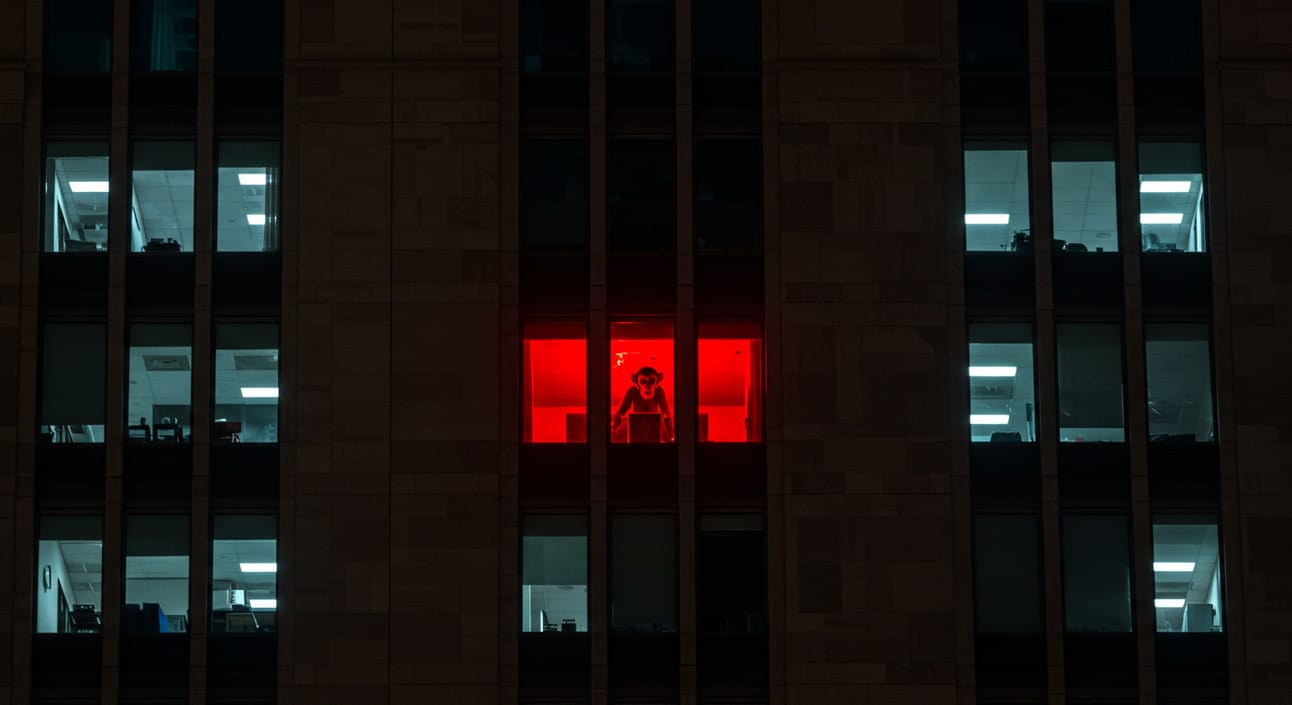
Suddenly, similar eerie setups start appearing in cities across the country, triggering discussions and theories online. The ambiguity would only add to the intrigue.
Final thoughts: A missed Opportunity for horror marketing greatness
While The Monkey took an unconventional approach to its campaign, leaning into these eerie, real-world activations could have made it a defining moment in horror marketing.
However, it is important to note, that The Monkey did have a strong opening weekend, generating $13.5-$14M. With additional marketing efforts, how much higher could that number be?
By embracing the inherent creepiness of its central toy and weaving it into everyday environments, The Monkey could have been more than just a movie—it could have felt like the can’t miss theater experience of the year.
Read more about The Monkey:
🐒 Osgood Perkins on Making ‘The Monkey’ With Guts Cannons, Gallons of Blood and a Personal Touch - Variety
Osgood Perkins has guts – literally and metaphorically. The filmmaker knew it wouldn’t work to be precious when adapting “The Monkey.” So Perkins held nothing back. “You can’t worry about offending an audience; you can’t focus on honoring it too closely,” he notes. “There’s no pandering going on. There’s no timid storytelling. You have to have the guts to execute it.”
NEON‘s The Monkey with a C+ CinemaScore (same as Oz Perkins’ Longlegs) and a 2 1/2 star PostTrak posted $5.8M yesterday (including previews) for what’s shaping up to be a $13.5M to $14M opening. That’s right behind the opening of NEON’s record opening, Perkins’ Longlegs ($22.4M) from last July. If more audiences are going to swing to The Monkey tonight, that indication lies in the PostTrak 49% definite recommend which is high, and a better indicator of word of mouth then the overall positive/star score.

